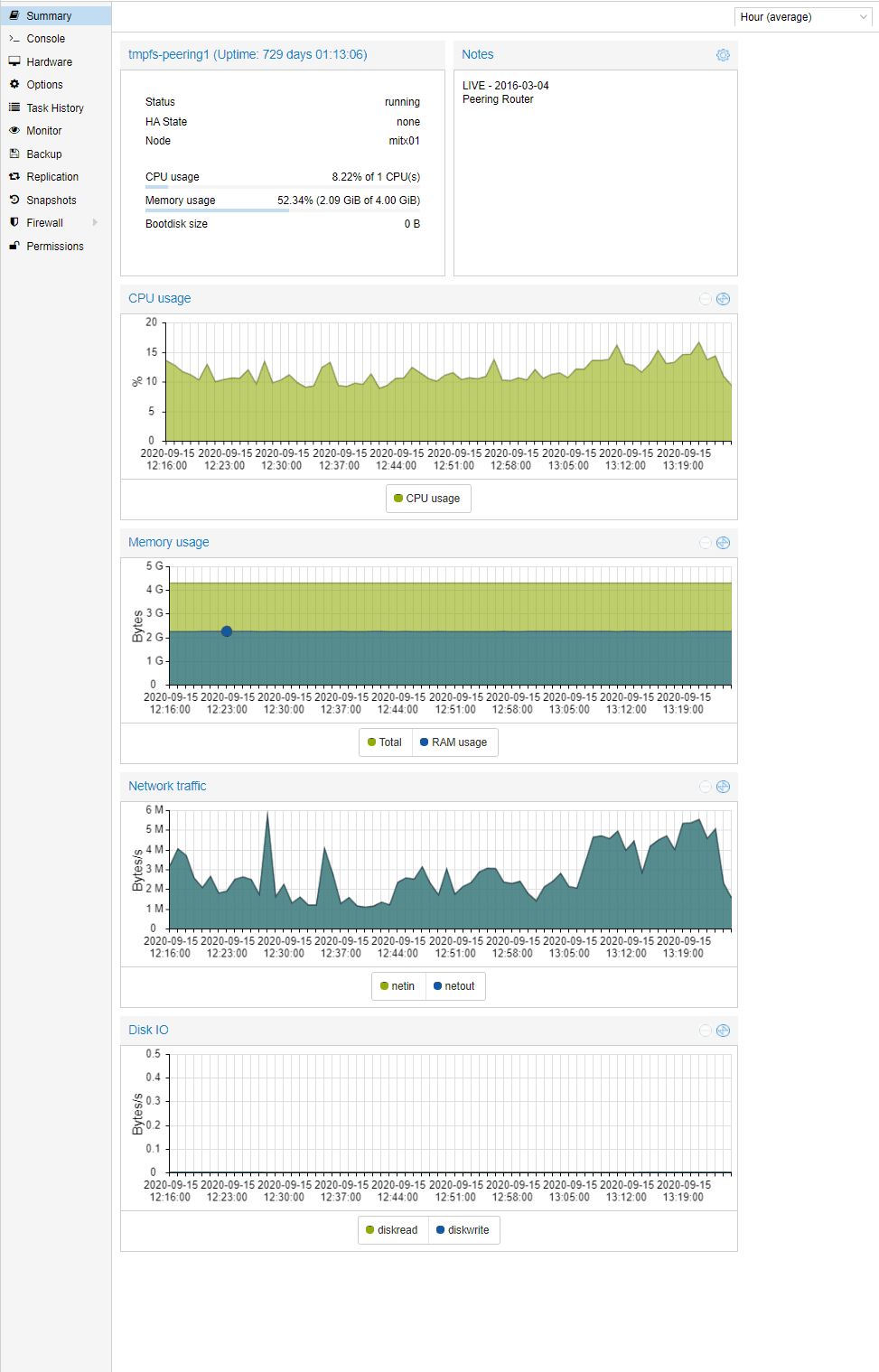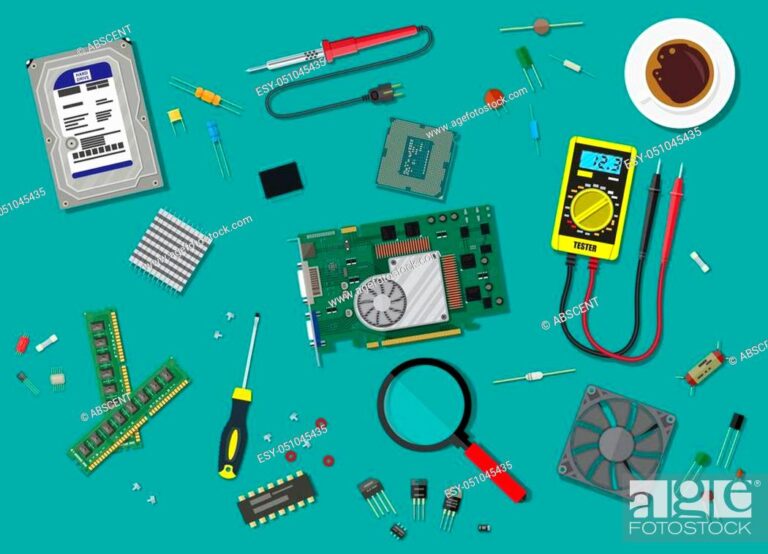
When you strip back a computer, 4 main components are necessary: RAM, CPU, Hard Disk and Power Supply. Just these components are needed for a functional server. These types of servers are used with storage area networks, where there are numerous hard disks for storage. The purpose of these diskless servers is to be used as the compute nodes or the frontend servers. This allows the compute nodes to be rapidly deployed without needing to deal with individual configurations per server.
The difference between the regular and diskless servers is the presence of that hard disk component. A diskless server has many benefits over one with a hard disk:
1) It is easier to deploy a network, by using machine images to save time on installation
2) All your servers are standardised and congruent.
3) A master image is one image that needs to be maintained, and when the server reboots, that is the image that will be used.
The server loads the master image into ram by using a RAMDisk. This RAMDisk is a temporary storage drive which runs at the same speed as the RAM, which is very fast.
The server is still able to store data by utilising the installed RAM, meaning processing this data and program deployment is almost instantaneous. Combined with the time saved by using a machine image, running a server has never been faster!
There are many ways a Diskless Server can be utilised for different applications, such as Proxmox and Diskless Routers.
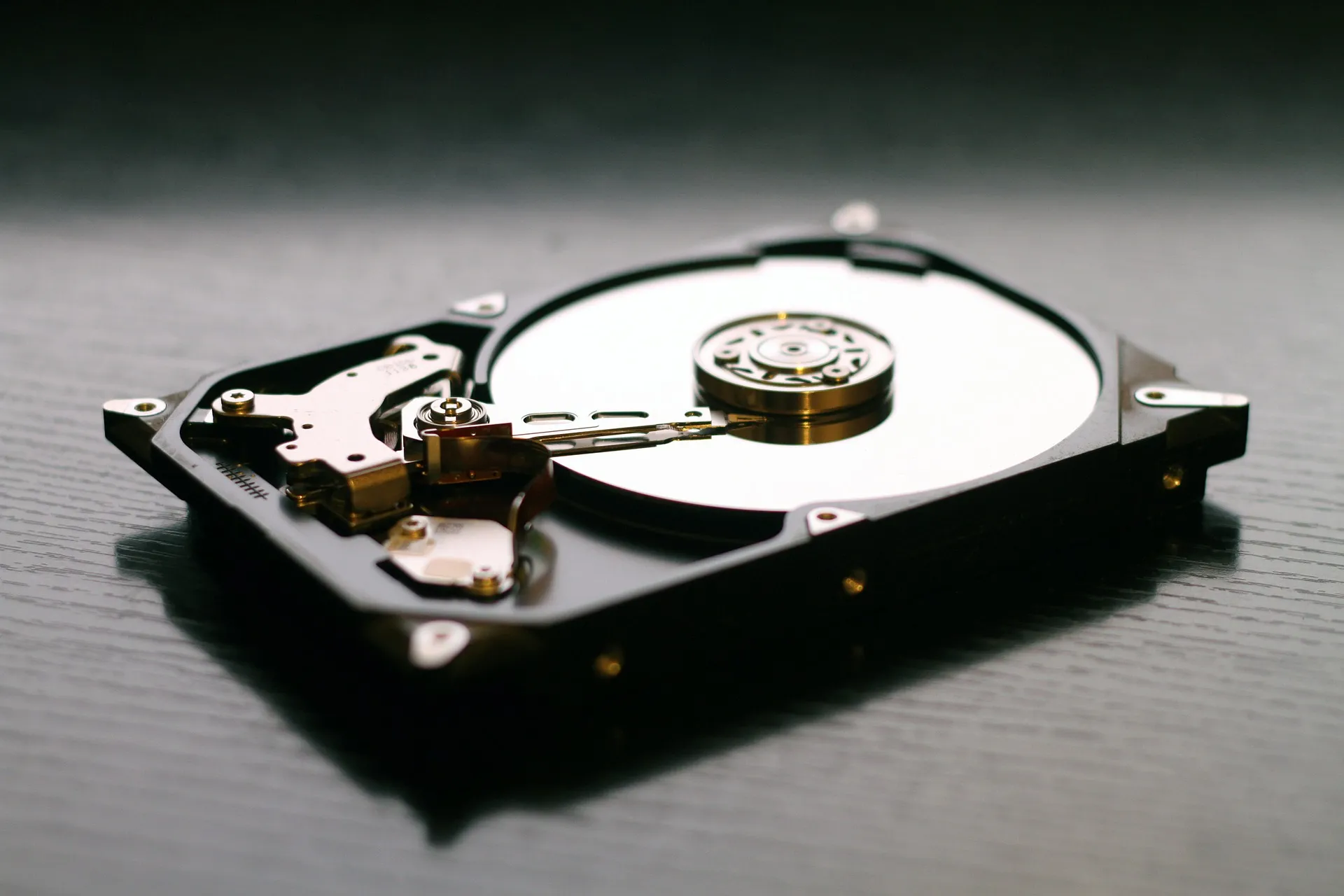
Application of a Diskless Router
One example of a diskless application includes the Diskless Router which can be a Virtual Machine (VM). This VM can also be deployed on top of a physical diskless hardware node such as a diskless hypervisor including Proxmox. openQRM will still monitor and operate it as if the Diskless Router was physical hardware.
Overview of using a Diskless Router
- This is the hardware configuration tab of a Proxmox Server viewing a Virtual Machine configuration, it displays information about the installed hardware/peripherals.
- Note that below the actual hardware, there are Network Devices listed, representing the many interfaces of the Diskless Router.
- This uses Network Functions Virtualisation (NFV), taking the network node functions and virtualising them into building blocks for creating communication services.
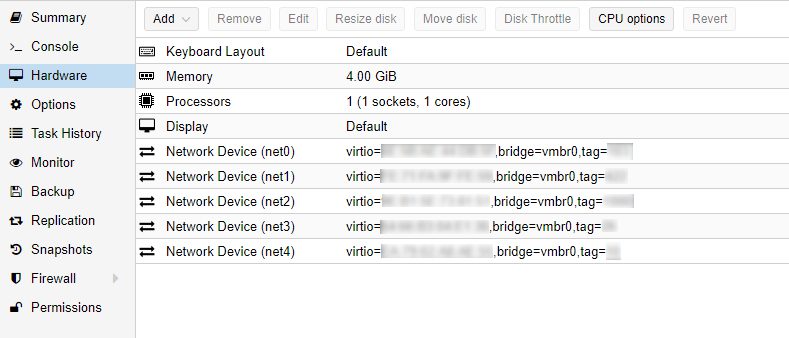
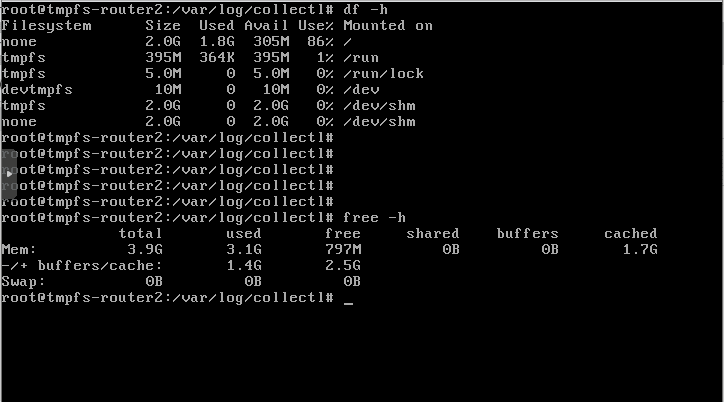
- No attached physical or network storage is present
- You’ll note the root files system is 2gb RAM-based temporary file system which is loaded from a network image.
- You’ll also note that this is a virtual machine with a total of 4 GB. Where 2 GB is used for the file system.
- When the server is booted, the server-specific configuration is downloaded. Periodical server configuration backups can be performed. When the server is shut down, a server configuration backup is also performed.
- Most Linux distributions can be converted to a tmpfs deployment. prefered distributions Centos and Debian-based operating systems
- This is the summary screen on the openQRM software. It gives the operator quick access to the most important monitoring data. This example shows the performance of a diskless server that has an uptime of 2 years.
- Note: the Disk IO stat, as you can see, it reads no activity. That is because Disk IO measures the read and write activity of a hard disk, but in the case of a diskless server, there are no hard disks installed. And even without it, the diskless server is performing as well as one with a hard disk.
- openQRM utilities the TMPFS plugin to execute diskless servers, and it is included in the openQRM Enterprise licence.
